How Prince Charles and Princess Diana Briefly Upended an Australian Town
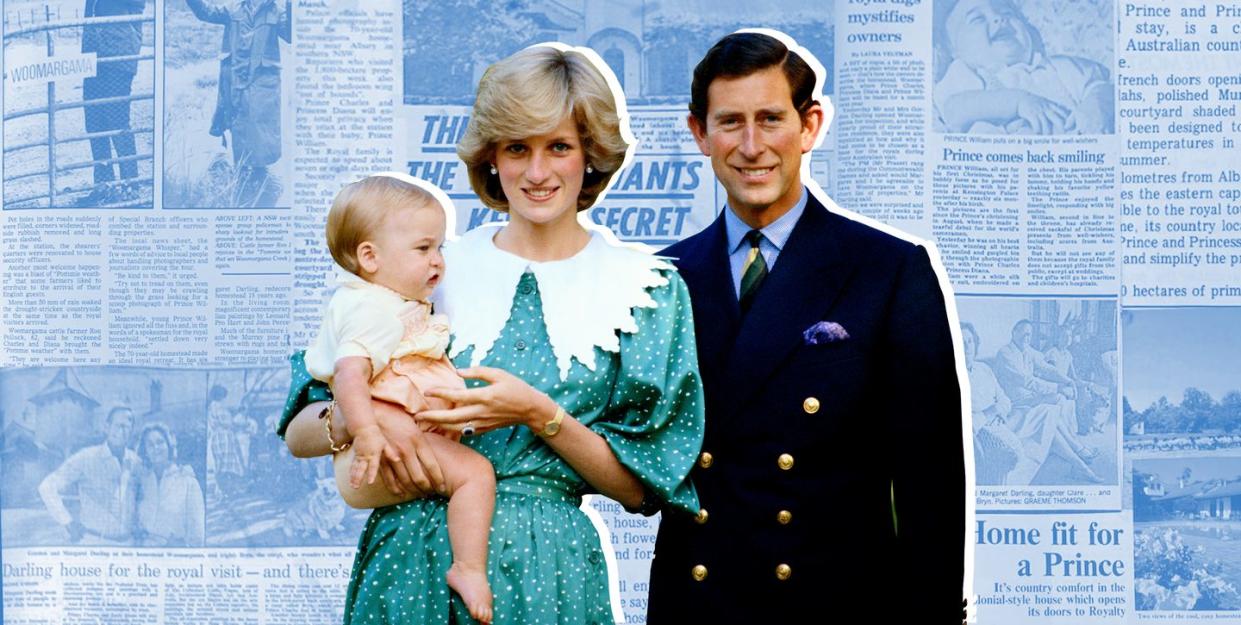
- Oops!Something went wrong.Please try again later.
- Oops!Something went wrong.Please try again later.
“This is 37 years ago you’re asking me to remember,” Bryan Ward laughs. Indeed, it’s been nearly four decades since he welcomed Prince Charles, Princess Diana, and a months-old Prince William to Woomargama Station, the farm he was managing at the time, during their royal tour of Australia, but Ward still doesn’t seem to have slowed down in the meantime—when I rang the day before, he explained with a genial chuckle that he was busy “picking up cattle poo.”
Often, stories about royalty are dripping in diamonds and pearls, featuring celebrity cameos and (literal) palace intrigue. At times, Charles and Diana’s 1983 visit to Australia and New Zealand had that. But then they’d return to see baby William—whom Diana, famously, had insisted on bringing, breaking royal tradition—in Woomargama, the country town of 90-some residents where William and his nanny stayed for the duration of the trip.
Woomargama Station, located in the town of the same name, is a working property. At the time, it boasted around 2,000 sheep, 400 cattle, and one corgi named Bryn. The latter’s parents, Gordon and Margaret Darling, owned the station, and during the royals’ stay, they were asked to vacate their home base, the six-bedroom homestead they’d renovated about 15 years back and filled with modern Australian art. The people who got to stay were those like Ward, who worked the property, many of whom lived on the roughly 2,500-acre expanse.

Veronica Semmler’s parents also got to stay, as her father Colin was a station hand at the time. She and her brothers had grown up on the property, but at the time of the tour, she was boarding in Albury (the city the royals flew in and out of when visiting Woomargama), finishing her senior year of high school—and constantly ringing home to ask for updates.
It wasn’t just her. Semmler recalls crowds gathering by the side of the road in the hopes of glimpsing Charles and Diana as they arrived; like her, many of them could hardly believe their luck. “I remember when they said that they were coming it was like, ‘To Woomargama?’” Semmler says. “Why would they come to Woomargama?’”
Surely, the New South Wales village, described in Woman’s Day at the time as “a typical Australian country township—a pub, a couple of service stations, a general store/post office, a one-teacher primary school with 12 pupils, a church or two, and a rundown community hall,” was not the kind of place that regularly welcomed royalty. For Diana and country-loving Charles, though, the town and its station served as a comfortable and safe home base for William, within driving distance of an airport, and roughly in-between Sydney and Melbourne, so as not to appear to favor one over the other. As Mr. Darling told the press at the time, “It doesn’t favor any one.”
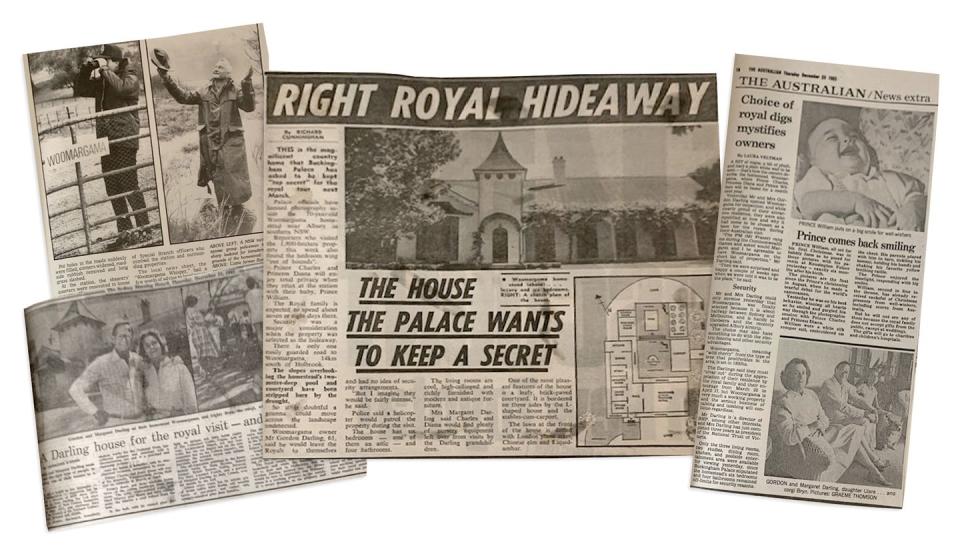
The Darlings have since passed away, but they collected articles published about the station in a special royal tour scrapbook, which Clare Cannon—their daughter, and the current owner of the station—was happy to share. The press clippings offer a glimpse of how the couple took the news of the royals' plans to stay at the station. They were "a little surprised but absolutely delighted" when the call came from the Prime Minister, despite their notable connections at home and abroad. (They counted UK foreign secretary Lord Carrington and Prince Philip's on-time aide, Mike Parker, among their friends, and had previously hosted Ronald Reagan, then the Governor of California; as Mr. Darling explained to the press, “We were close friends in Los Angeles.”)
However it was arranged, in the spring of 1983, the residents of Woomargama had their day-to-day lives turned upside down as the media besieged the town. The Woomargama Whisper suggested residents "be kind," and "Try not to tread on them, even though they may be crawling through the grass looking for a scoop photograph," but that wasn't so easy for Ward, who needed to keep the farm running amid all the madness. “My wife Dinah, she actually went up to the front gate and actually blocked the front entrance with the car so we didn’t have any other intrusions until they got security set up,” he says.

When security came, it came in force. Members of the New South Wales’ tactical response group were installed at the gate, and the airspace around the property was secured. A helicopter was placed at the ready near Ward’s window, per Diana’s request, as Ward remembers it. “Princess Diana actually stipulated she wasn’t going to tolerate any nonsense,” he says. “If there was any breach in security, they wanted out.” Thankfully, it was never needed—though Ward was once sent to investigate a suspected midnight intruder. The culprit? An old bottle reflecting the moonlight.
Meanwhile, the Darlings were preparing the homestead, the property’s main residence, for the royals’ arrival—including, as Mrs. Darling told the press, seeing to it that fresh flowers were placed in every room, and ensuring that the pantry was fully stocked. Semmler’s family on the other hand was worrying that all the new officials might take issue with her father’s unregistered motorbike (never fear, “he got to know all the security people there, and so he ended up just driving along the road and nothing happened,” Semmler says). There was also a big to-do about a baby cradle, specially made in nearby Wagga Wagga for the young Prince, which required a door or two to be taken off its hinges to get inside. And on top of it all, they were contending with a severe ongoing drought, hardly ideal for a farm’s operations.
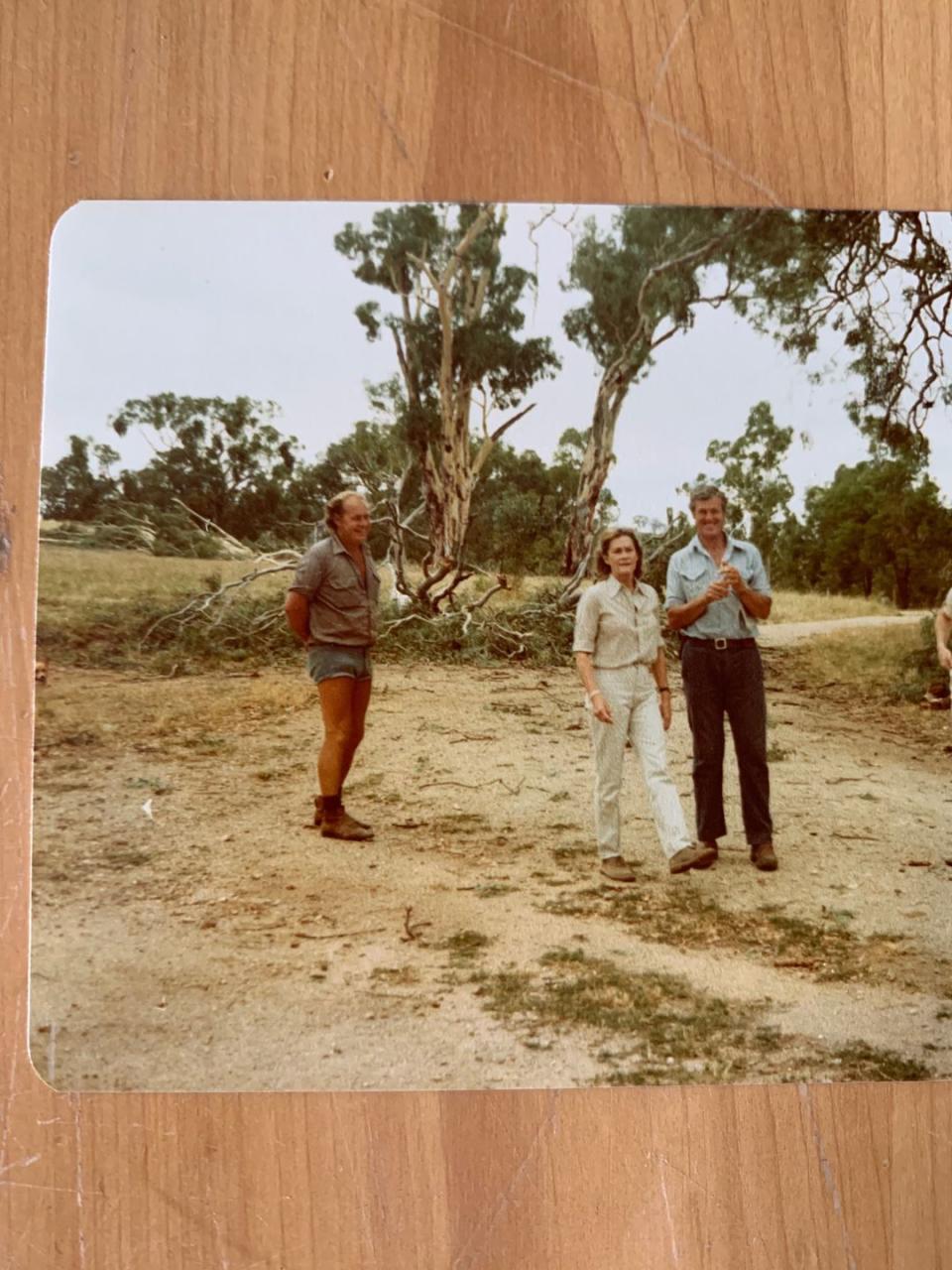
At least one of their worries vanished when Prince Charles and Princess Diana arrived in the middle of a downpour. “We always said Princess Diana broke the drought,” Cannon said. “It was a big day.”
Even the Windsors couldn’t ignore the storm. “Prince Charles arrived at the homestead and he said, ‘This is the first time I have ever had to wear a mackintosh in Australia!’” Ward laughs. But Diana’s mind was elsewhere, he recalls fondly. “With a lovely sort of fringe she had and those bright eyes and a shy smile on her face, she said, ‘I must go and see little Wills.’ And she went to see little Wills.”
Aside from arrivals and departures, Charles and Diana mostly kept to themselves while they were on the property, which wasn’t that often anyway. For the most part, the Prince and Princess were busy jetsetting and glad-handing around the continent, leaving Woomargama with just the station staff, palace staff, and security staff—and of course, little Wills and the nanny, Barbara Barnes.

Ward remembers Barnes and Prince William being driven around the property every day, including around the “square,” where the manager’s and jackeroo’s homes were. “They’d come and they’d stop and you’d look at little Wills, and he’d smile,” Ward said, adding, “He just sat in his little car seat and he’d smile. He was a very happy little chap.” Semmler recalls hearing about these drives too—and that thereafter, her mother always called an off-road they’d taken “The Prince’s Highway.”
Cannon, who never met the Windsors during their stay, says the story goes that William took his first steps at the station. Ward doesn’t recall that, but assures the young Prince “certainly crawled on the carpets at least.”
When the couple was in town, though, it was hardly a restful break from their tour. Charles and Diana were still working to connect with the locals, even meeting with children from the town’s school. (One of the students “touched the Princess and she didn’t wash her hands for at least a week after,” as Ward remembers it.)
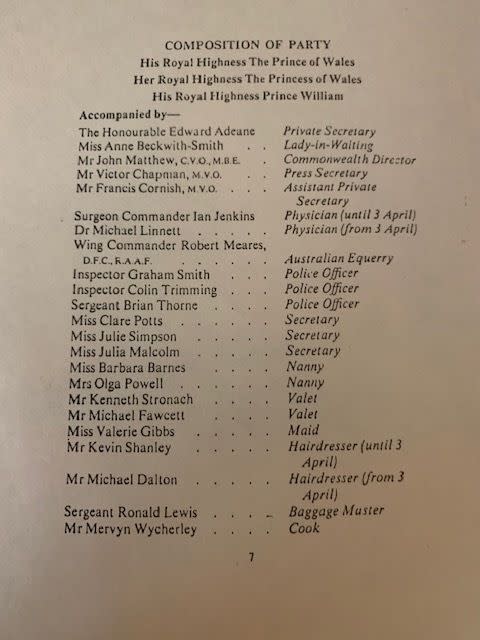
For her part, Cannon recalls hearing about Diana’s interaction with a particular, somewhat eccentric local. “There was an old lady there whose family had been in the village for generations, and she had all these little gnomes out in front [of her home]. And Princess Diana met her and said, ‘oh, I love all your gnomes,’” Cannon laughs. “You know, she was very polite.”
The real highlight for Woomargama residents was the couple's attendance at church service in nearby Halbrook, at the royal tour organizers’ suggestion. (The vicar was given the service program and the hymns by the Windsors’ staff, per Cannon.) That Sunday, the locals gathered outside St. Paul’s Anglican Church that Sunday to greet the couple. One of them, Wendy Geddes, remembers standing alongside her fellow Brownies, helping wave them in.Semmler, whose mother was on the church council, was able to return home and attend the service. “All I could really look at was Charles and Di, even though I could only see the back of their heads,” Semmler said. She added that Diana was beautiful, and Charles, who read a lesson for the congregation had a wonderful voice—“he could have read the entire Bible and I would’ve been happy”—but that most of all, she was shocked by how human they were. “I don’t know what you expect when royalty comes, but they’re so special and so amazing and so jaw-dropping, but they’ve got two arms, two legs, they’re a normal height, you know?”
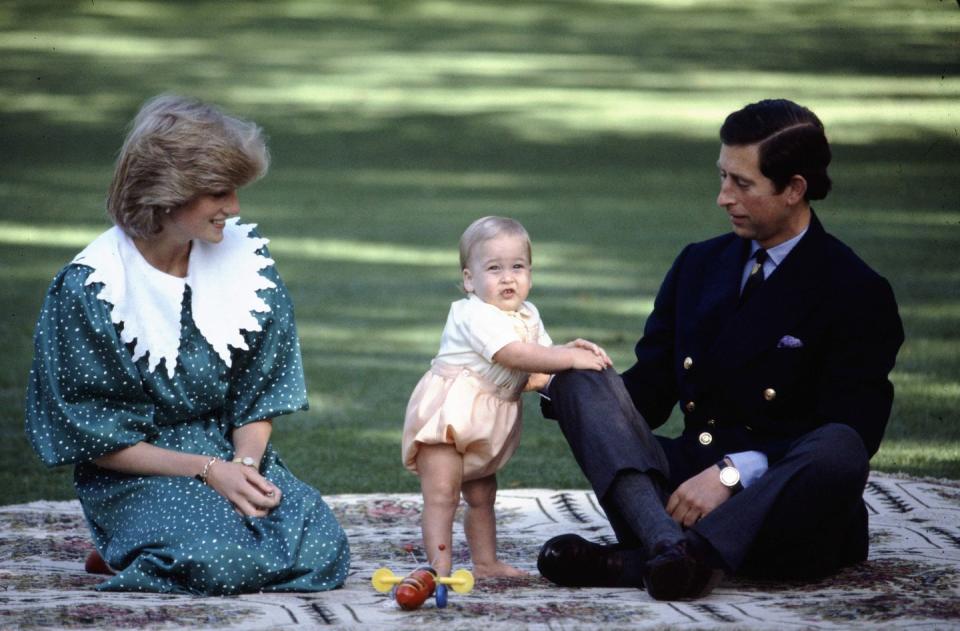
For those weeks, Woomargama was at the center of a national story. Ward kept up with Charles and Diana’s travels every day by consulting their official itinerary and listening to the wires he’d been granted access to. Truckers passing by took to calling the town Windsor City. And then it was over.
“We were sort of, you know, country people who were just getting on with living, and just bringing up our children. And then all of the sudden we were a part of this world which was so different to what we were used to. It was really quite bizarre,” Semmler muses. “And then when they left, it was like, oh okay… It was like, for those weeks, we were somewhere so strange and unusual. And in a way, it was sort of magical.”
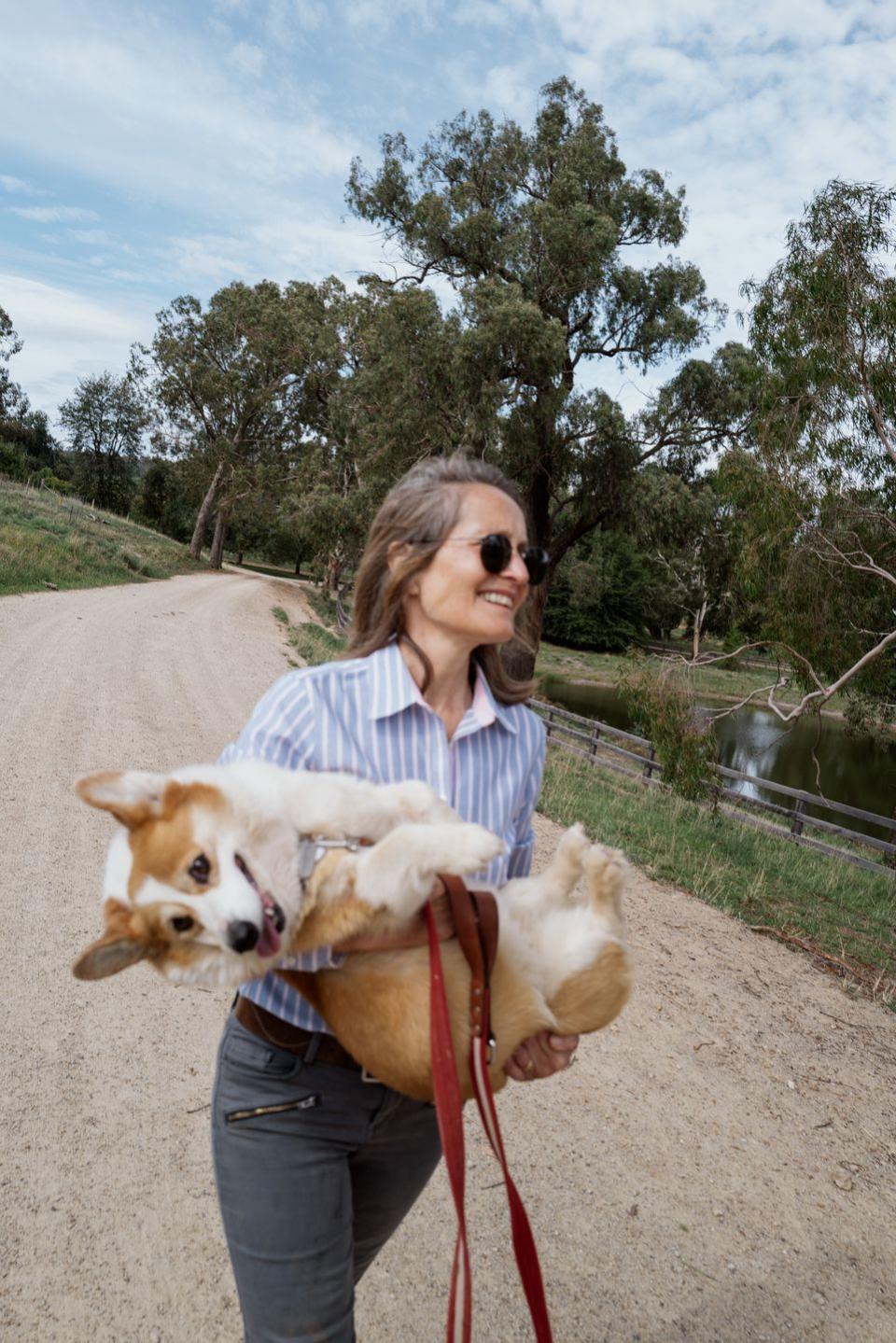
Traces of royalty remain. Woomargama souvenirs were made featuring the Prince and Princess of Wales, some of which Semmler and her family still have; a plaque was installed outside the church they visited; and the smokehouse that supplied Chalres and Diana with smoked trout still touts its ties to the Windsors. (Anthony Ainsworth, who took over the business a few years back, was shocked when the rumors of the royal connection were verified: “I thought, oh! It’s real, it’s true!”) But Ward says that he doubts many people in town even remember it. Many of them have since died, and others have moved away.
Cannon certainly hasn’t forgotten though—and neither has her parents’ esteemed guest. Decades later, her husband, who happens to be consul for Monaco, met the Prince of Wales at Prince Albert’s 2011 wedding. Did he remember Woomargama? “Oh, totally!” Cannon laughs. “He goes, ‘How’s all those sheep?’”
You Might Also Like

